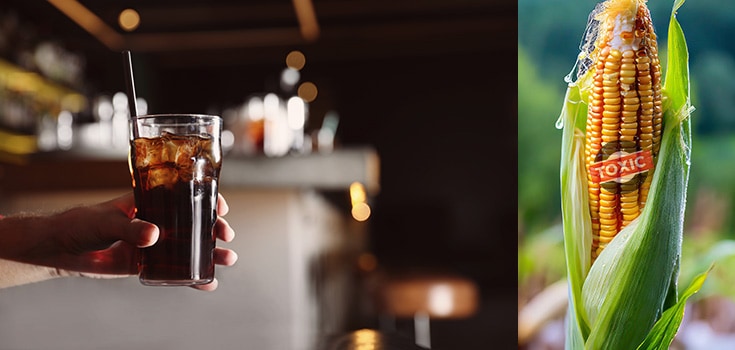Is Toxic Mercury in High Fructose Corn Syrup STILL a Problem in 2024?

Is mercury in high fructose corn syrup STILL a problem in 2024? (Spoiler: I could not find any indication that anything has changed since 2008.)
During the autumn of 2008, an examination was conducted on 55 food and beverage products from well-known brands, specifically targeting those with high fructose corn syrup (HFCS) as a primary or secondary ingredient. An external laboratory detected levels of total mercury that surpassed the minimum detectable amount in approximately one out of every three of these products.
The presence of mercury was not limited to a single category; it was found in a variety of items including dairy-based drinks, carbonated beverages, dressings for salads, condiments such as barbecue sauce, as well as sweetened syrups and fruit spreads.
This indicates that mercury contamination is a widespread issue in numerous food and drink products that commonly contain HFCS.
How did the Mercury Get There?
The origin of mercury in HFCS can be traced back to large-scale chlorine production facilities that utilize mercury cell technology. These plants produce a “mercury-grade” version of caustic soda and hydrochloric acid, among other chemicals, which are then used in the manufacture of a myriad of products, including food additives like citric acid, sodium benzoate, and HFCS itself.
Mercury from these facilities has the potential to taint not only the chemicals they produce but also the surrounding environment.
During the production of HFCS, caustic soda and hydrochloric acid are essential for extracting corn starch from the corn kernel and for pH adjustments in the process. The HFCS industry is a significant consumer of these “mercury-grade” chemicals.
Does the Mercury Consumption Stack Along with Mercury Found in Seafood?
The mercury commonly associated with fish and seafood is methylmercury. The HFCS examination focused on the total mercury content in various supermarket products, which may encompass methylmercury, other mercury compounds, or a combination.
Is Mercury in High Fructose Corn Syrup Worrisome?

In 2012, it was found that the United States had the highest per capita consumption of HFCS at a rate of 25 kg (55 lb) a year. On average, Americans may consume about 12 teaspoons per day of HFCS. Take all estimates with a grain of salt (not HFCS!)
All mercury types are deemed toxic and exposure should be limited, particularly for expectant mothers, women who may become pregnant, and young children.
Mercury is a common environmental contaminant, and exposure to it can be particularly detrimental to the development of fetuses and young children, as it can interfere with critical processes, including brain development.
At the time of the 2008/2009 study, current levels of environmental mercury were high enough to place a significant number of unborn children at risk for cognitive impairments, such as decreased IQ and learning difficulties.
Given that HFCS is so ubiquitous in the food supply, it could potentially be an additional and unnecessary source of exposure.
Not the Only Study to Find Mercury in HFCS
The study doesn’t stand alone. Another piece of research published in Environmental Health came to similar findings.
“Mercury cell chlor-alkali products are used to produce thousands of other products including food ingredients such as citric acid, sodium benzoate, and high fructose corn syrup. High fructose corn syrup is used in food products to enhance shelf life.
A pilot study was conducted to determine if high fructose corn syrup contains mercury, a toxic metal historically used as an anti-microbial.
…The samples were found to contain levels of mercury ranging from below a detection limit of 0.005 to 0.570 micrograms mercury per gram of high fructose corn syrup.
Average daily consumption of high fructose corn syrup is about 50 grams per person in the United States. With respect to total mercury exposure, it may be necessary to account for this source of mercury in the diet of children and sensitive populations.”
What’s Next?
I think it may be time for another report on the contamination of mercury in HFCS and the foods we eat. Don’t you? And maybe some action taken by the FDA or food manufacturers?
Until then, it’s generally a good idea all around to choose less processed foods and packaged foods. The shorter the ingredient list, the less likely you’re consuming high fructose corn syrup – no matter which of the 15+ names for high fructose corn syrup that manufacturers use.
Exposure to mercury is also preventable during manufacturing. HFCS can be manufactured using caustic soda and hydrochloric acid produced by the majority of facilities that do not employ mercury-based methods. These alternative production techniques are not only environmentally friendlier but also more efficient.
Additional Sources:
